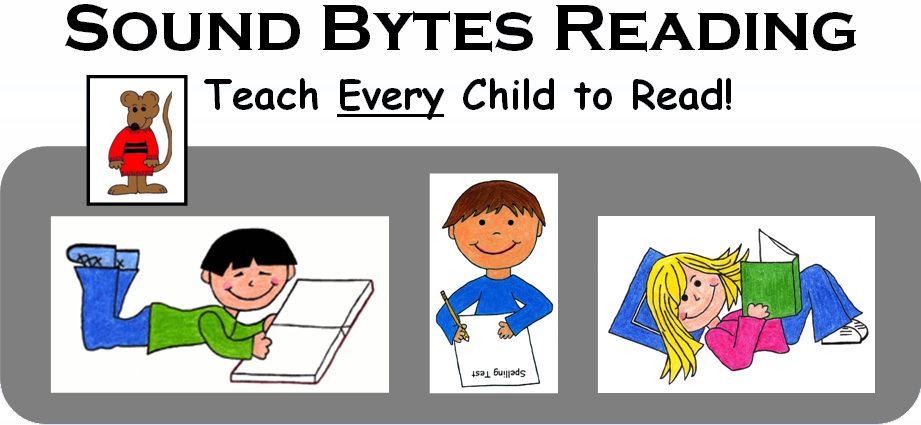Diagnosing Children with Reading Problems

Many children have difficulty learning to read. If your child is one of them you can become discouraged by all the suggestions that never seem to help your child’s situation. Recently I’ve been perusing Facebook Homeschool groups and I see questions by parents who really want to help their students who are behind in reading but don’t know where to begin.
This blog post will begin to address struggling readers and how parents can help their students. Begin by diagnosing where your child’s reading problem begins. Here are the steps we will cover in the next few blog posts:
- Does your child know the consonant sounds?
- Does your child know the vowel sounds?
- Does your child decode words or sight read?
- Can your student read words with blends?
- Can your student read long vowel words?
- Does your child have difficulty reading digraphs?
- Does your child have difficulty with longer words or multi-syllable words?
Today we will discuss the first three reading checkpoints.
1. Does your child know the consonant sounds? Find out if your child knows the sounds of each of the consonants and vowels. Show your child each of the alphabet letters, one at a time, and ask him/her to tell you what the sound of each letter is.
Many struggling readers will know consonant sounds very well—but not vowel sounds. If your child does not know the sounds of the letters, teach this first. If your child knows consonant sounds but not vowel sounds, you must teach the vowel sounds.
2. Does your child know the vowel sounds? If your child knows all of the sounds for the letters of the alphabet well, then ask your child to read these words:

If your child cannot read all of these words quickly and accurately without any help, he does not know the vowel sounds well. You need to teach the sounds of the vowels. Teach only one vowel sound at a time. Then have your student sound out simple words that use that one vowel. Make a word list like the one below and help your child practice reading the words.

3. Does your child decode words or does he sight read? If your child has no difficulty reading the simple short vowel words above, ask him to try reading these words:

This will tell you whether your child is decoding words letter-by-letter from left to right or sight reading. If your student is sight reading, he/she will usually have trouble reading these words as well as the words in the next list.
Many words look similar and many words are made up of the same letters but in a different order. Some words have only one or two letters in them that are different from another word. Students who are able to decode words rather than relying on sight reading have a huge advantage, especially when they begin to read bigger words.
What to do if this is a problem for your student? Try covering each word so that your student can only see the first letter of the word. Move the paper over as you ask the student to sound the word out, from left to right, one letter at a time. Practice sounding out some words that have four letters and only short vowel sounds.

Next week we will discuss step four in diagnosing reading difficulty.

